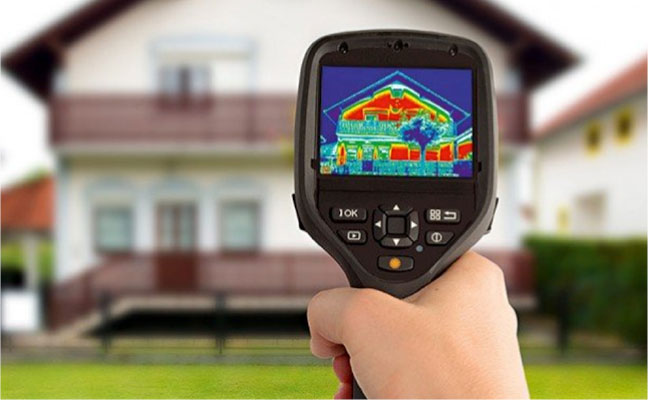- A wall, left, is harboring a rat’s nest, as seen through the thermal device, right. Photo: James Rodriguez
- Try using a heat detection device for hidden rodent harborage. Photo: James Rodriguez
- A cross-section of a rat tail as it dilates for temperature adjustment. PHOTO: James Rodriguez
There are several factors to consider when formulating an integrated pest management (IPM) approach to a rodent account, including:
• Airflow/Air movement
• Trees and foliage
• Predators
• Cultural and behavioral conditions of your customer
The above list is probably old hat to you as a professional, but there’s another factor that you may not know as much about: temperature. Sure, you know that when it gets cold, rodents seek harborage inside a structure — but did you realize, for example, that while the tail of a Norway rat comprises only 5 percent of the rat’s surface area, it can dissipate about 17 percent of the rat’s body heat?
Rats control their body temperature through their tails by dilating or constricting their tail blood vessels. That’s why they’re seeking micro-climates under water heaters in winter, and cool parts of structure or other shaded/irrigated areas in summer. So when you’re searching for potential rodent harborage, focus on areas where insulating factors are present. A heat detection device — that is likely already on the truck for your termite inspection accounts — can be helpful for rodent detection, too. Run it over suspected walls, and you might just uncover a rat’s nest, for example.
One more tip to share with customers who are looking for ways to rodent-proof their property: For most commensal rodents: If your thumb can fit in a space — say, underneath a door — a young rat can fit. If your pinky finger can fit in a space, a house mouse can fit.



Ohh.. it seems so interesting.